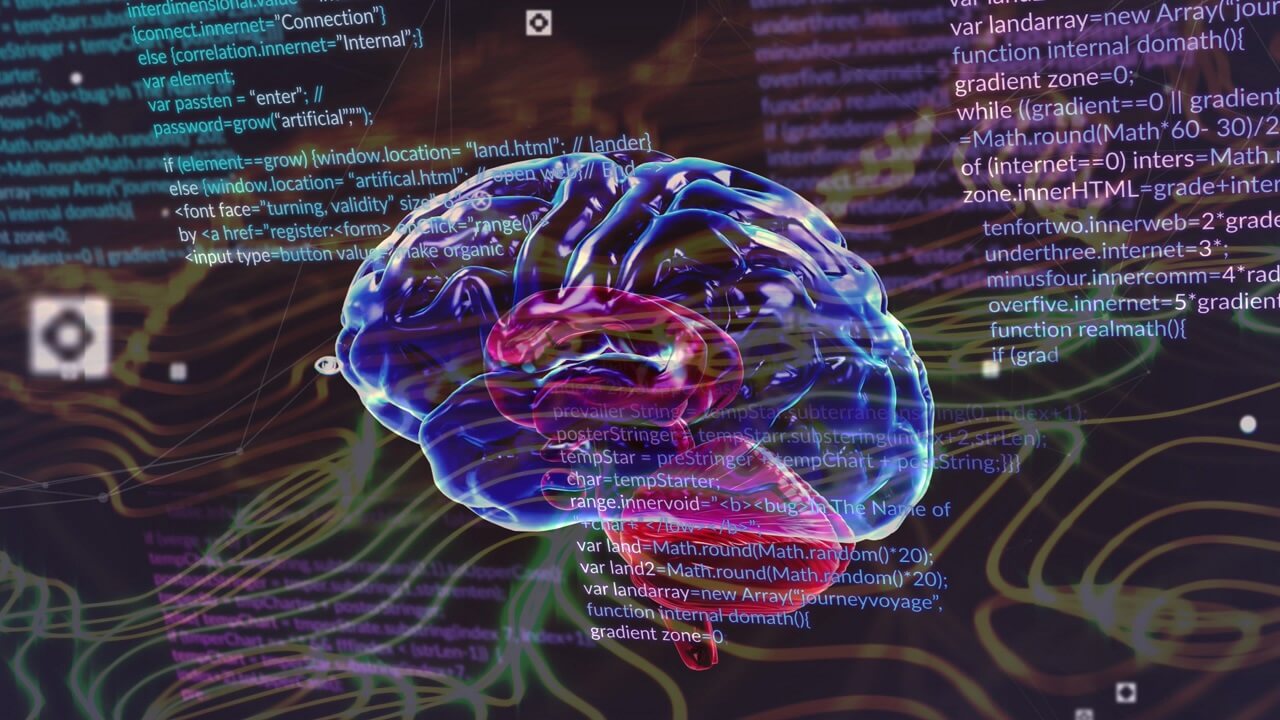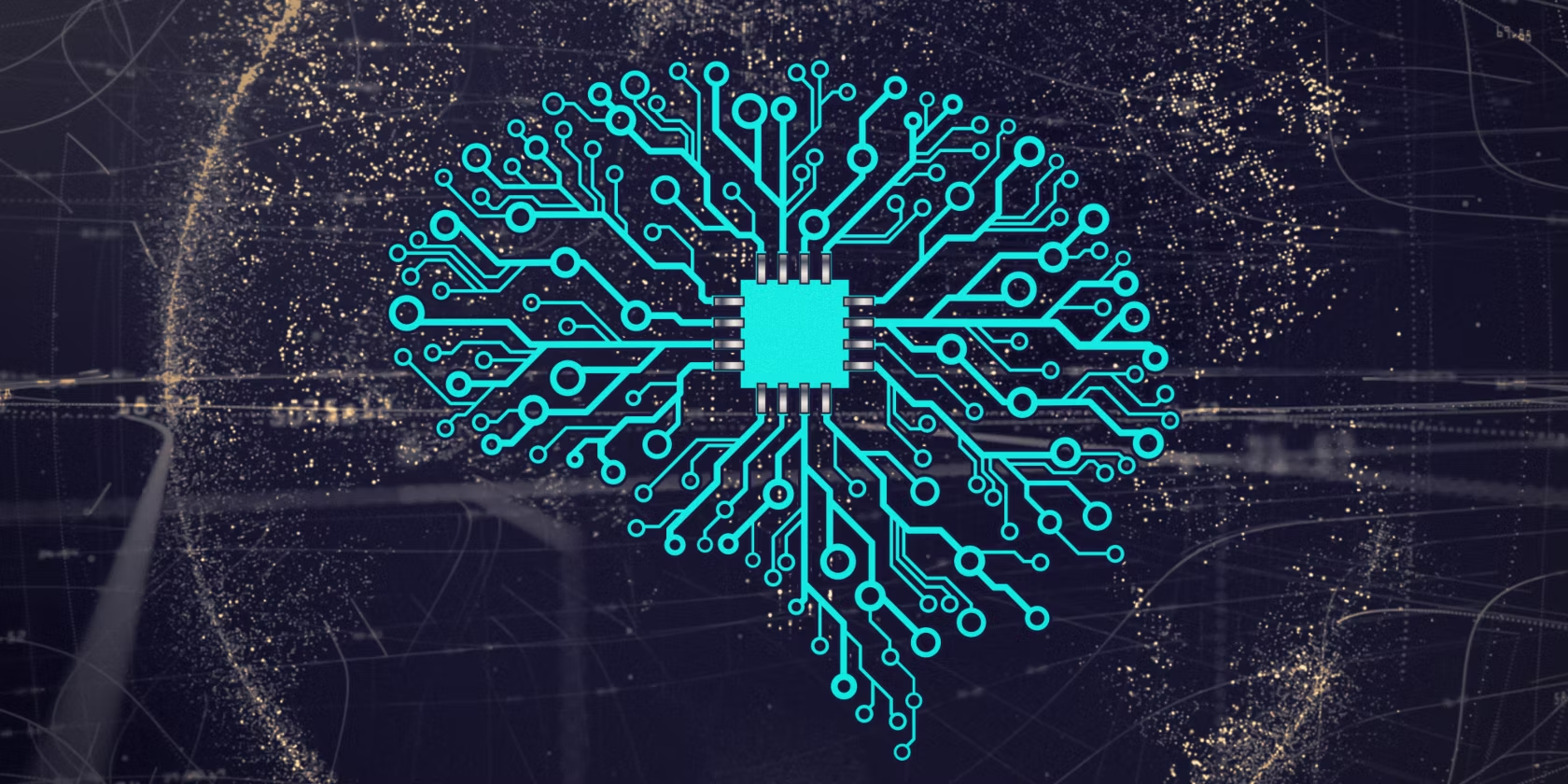In today’s fast-paced digital world, artificial intelligence (AI) is at the forefront of innovation, driving advancements across various industries. AI models use data to learn, adapt, and improve across a variety of industries, including healthcare and finance. However, acquiring high-quality data can be difficult due to privacy concerns, data scarcity, and the exorbitant costs connected with data collection. This is where synthetic data in AI comes in, offering a strong answer that is altering the machine learning landscape.
In this post, we’ll look at the function of synthetic data in training AI models, why it’s becoming more important, and how it can change how we design AI systems.
Understanding Synthetic Data
What is Synthetic Data?
Synthetic data is information created artificially to look like real-world data. Unlike traditional data, which is gathered from real-world sources and can be sparse or biased, synthetic data is generated using algorithms and statistical models. This enables the creation of enormous datasets that can be used to train AI models while maintaining privacy and security.
Why Use Synthetic Data in AI?
- Data Scarcity: In many circumstances, getting enough real-world data to train AI models can be difficult, especially in specialized industries. Synthetic data can help to fill these gaps.
- Privacy and Compliance: With growing worries about data privacy and rigorous rules like GDPR, synthetic data provides a means of developing AI models without exposing sensitive information.
- Cost Efficiency: Collecting and annotating actual data might be costly. Synthetic data can be generated for a fraction of the price, making it a more cost-effective option for many enterprises.
- Bias Mitigation: Synthetic data can assist decrease bias in AI models by providing a more equal representation of various populations and scenarios, resulting in more equitable outcomes.

How Synthetic Data Improves AI Model Training
1. Generating diverse datasets
One of the key benefits of synthetic data is the capacity to generate various datasets tailored to individual requirements. AI models thrive on diversity; they must be exposed to a wide range of events to learn well. In the healthcare industry, synthetic data can imitate a variety of patient situations, demographics, and treatment outcomes. This enables healthcare AI models to learn from a large dataset, which may be challenging to collect in practice.
2. Augmenting Real Data
Synthetic data can enhance real-world data by providing new instances. This is especially beneficial when dealing with imbalanced datasets, in which certain classes may have far fewer instances than others. For example, in fraud detection, legal transactions may exceed fraudulent ones. Organizations can train their algorithms more effectively by creating synthetic examples of fraudulent conduct, which increases detection rates.
3. Stress Test Models
Synthetic data enables developers to generate extreme or rare circumstances that may not exist in the actual world. This aids in stress testing AI models, ensuring they perform effectively even in unforeseen circumstances. For Instance, self-driving car algorithms can be taught with synthetic data that simulate varied driving circumstances, such as severe rain, snow, or odd traffic patterns. This ensures that the vehicle’s AI responds effectively in real-world scenarios.
4. Accelerating the development cycle
Synthetic data can considerably accelerate the data preparation process, allowing developers to concentrate on model construction and optimization rather than time-consuming data collecting and cleaning. For example, a startup creating a new AI-powered financial service can quickly generate fake transaction data to test their algorithms, decreasing time to market.

Best Practices for Using Synthetic Data in AI
Ensure quality and validity
While synthetic data is useful, it is critical to confirm its accuracy and authenticity. The generated data should accurately represent the properties and distributions of the real data it is attempting to emulate.
Combine with real data
To produce the best results, synthetic data should be used with real-world data whenever possible. This hybrid technique allows models to learn from true patterns while making use of the scalability of synthetic datasets.
Check for bias
Even fake data can add bias if not properly generated. Regularly monitor and analyze the AI model’s performance to uncover any unexpected biases caused by the synthetic data.
Collaborate with domain experts.
Incorporating insights from domain experts can improve the relevance and effectiveness of synthetic data production. Collaborate with professionals who understand the industry’s peculiarities.
Pros and Cons of Synthetic Data in AI
Pros and Cons
- Scalable and cost-effective
- Helps ensure privacy compliance
- Reduces bias in training data
- Quality depends on generation methods
- May not capture all real-world complexities
- Potential for overfitting if used improperly

FAQs
1. What are some real-world applications for synthetic data in AI?
Synthetic data is utilized in many fields, including:
- Healthcare: Creating simulated patient records to train diagnostic AI models.
- Finance: Generate transaction data for fraud detection algorithms.
- Autonomous Vehicles: Creating various driving situations for self-driving automobile systems.
2. Can synthetic data replace actual data?
Synthetic data can supplement and improve genuine data, but it should not replace it. A hybrid method that incorporates both is frequently the most effective strategy.
3. Is synthetic data safe for use?
Yes, synthetic data is designed to remove sensitive information, making it a more secure option for training AI models. However, it is critical to guarantee that the creation process does not unintentionally produce detectable patterns.
Conclusion
The use of synthetic data to train AI models is a major changer in the field of artificial intelligence. Synthetic data creates new opportunities for innovation and efficiency by addressing constraints such as data scarcity, privacy, and cost. As we continue to investigate the potential of AI, utilizing synthetic data will be critical for constructing strong, unbiased, and successful models capable of transforming businesses and improving lives.
Incorporating synthetic data into your AI approach helps improve the training process, resulting in higher-performing models. Whether you work in healthcare, finance, or another area, incorporating synthetic data in AI can be the key to realizing the full promise of artificial intelligence. So why wait? Dive into the world of synthetic data and see how it may help your AI projects reach new heights!
